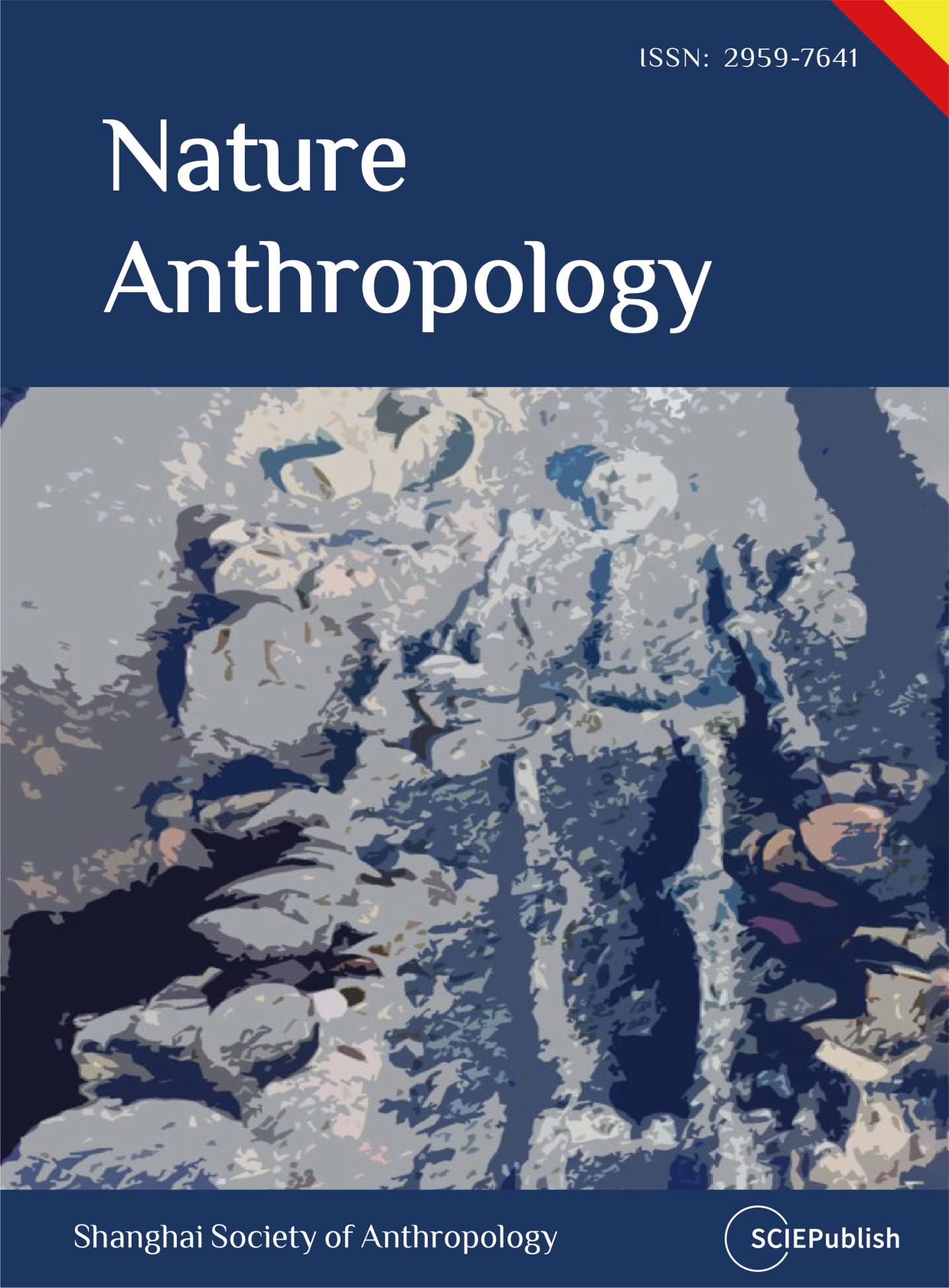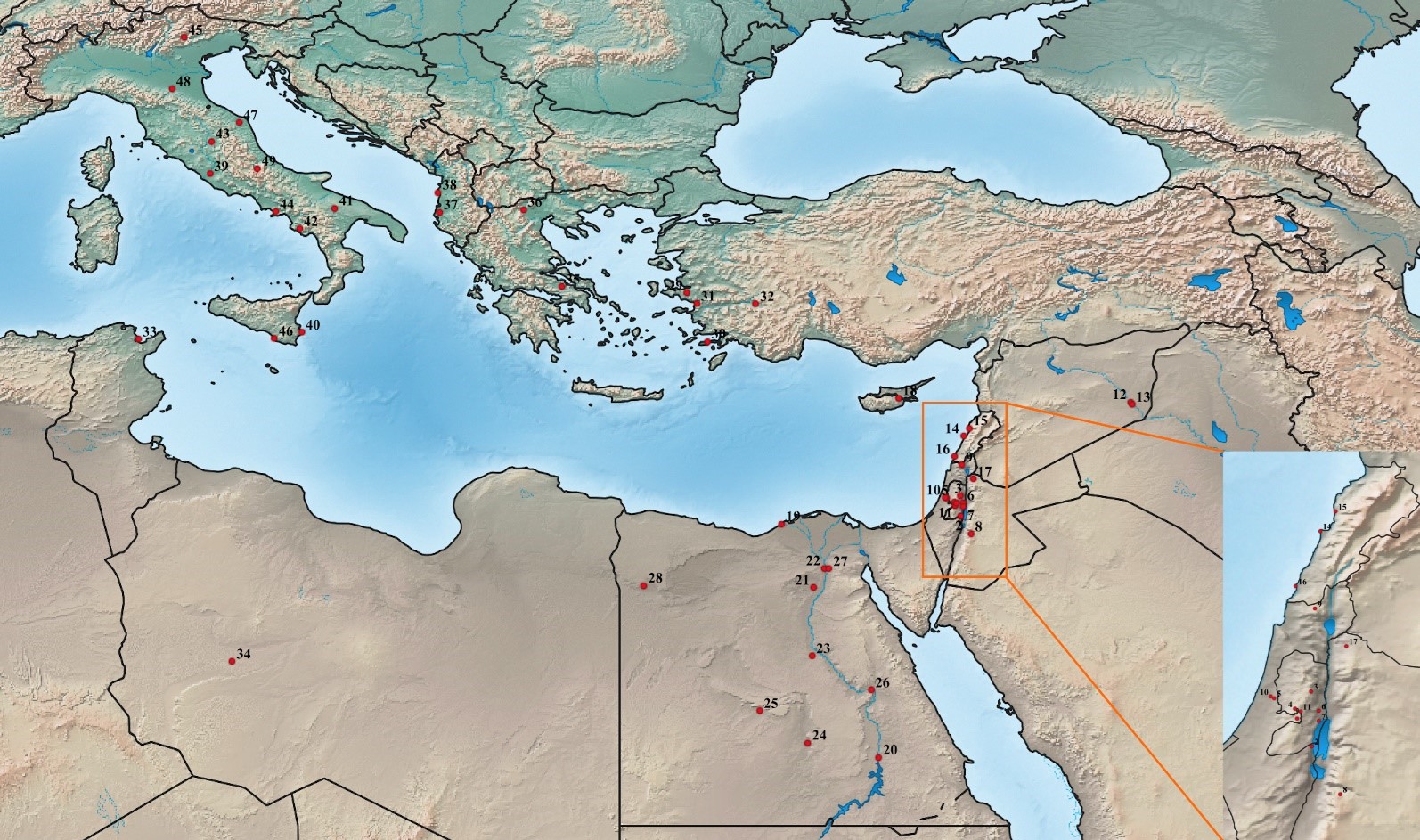Found 2 results
Review
06 May 2025Genetic Insights into Ancient Kinship and Human History: Methods, Applications, and Implications
Recent advances in ancient DNA analysis have transformed our understanding of kinship and underlying social structures in past populations. The application of next-generation sequencing technologies has enabled researchers to reconstruct the genetic makeup of ancient individuals with unprecedented precision, providing new insights into lineage, ancestry, and social organization. Ancient DNA evidence has revealed a wide range of kinship systems, including patrilineal and matrilineal descent, consanguineous marriages, female exogamy, and family-based burial practices. These findings underscore the complexity of human social relationships and the dynamic interactions between genetic inheritance, cultural traditions, and environmental factors in ancient societies. By examining case studies across different geographic and temporal contexts, this review highlights the transformative potential of ancient DNA in deciphering past human relationships. However, it also addresses key ethical concerns, including the importance of respecting cultural sensitivities and avoiding overly deterministic interpretations of genetic data. The integration of genetic evidence with archaeological and anthropological perspectives enables a more comprehensive reconstruction of ancient social systems, moving beyond simplistic genetic determinism to appreciate the intricate interconnections between biology, culture, and identity.

Review
15 April 2024Human Mobility in the Central and Eastern Mediterranean during Hellenistic and Roman Times: The Potential and Limitations of Bioarchaeological Research
This paper offers a review of bioarchaeological research on human mobility during the Hellenistic and Roman period in the Central and Eastern Mediterranean. This period was marked by significant connectivity amidst the establishment of major political entities. The paper begins with an overview of bioarchaeological methods used to study past mobility, including biodistance, isotopic and ancient DNA analyses. It then examines published studies that have utilized these methods to explore mobility during the Hellenistic and Roman periods. The paper concludes by critically assessing the current research limitations and proposing directions for future studies. These suggestions emphasize the importance of conducting additional research to investigate human mobility in neglected areas, as well as at different temporal and spatial scales. Integrating mobility data with other sources of evidence, such as historical accounts, paleoenvironmental data and osteobiographic information is another important future direction of research. Finally, relevant research should be more theoretically informed and its contemporary implications should be effectively communicated within and beyond the academic community. An enhancement of our understanding of the nature and impact of mobility is crucial in today’s society, where misconceptions linking immigration to the decline of the Roman Empire can perpetuate biases against contemporary mobility.
